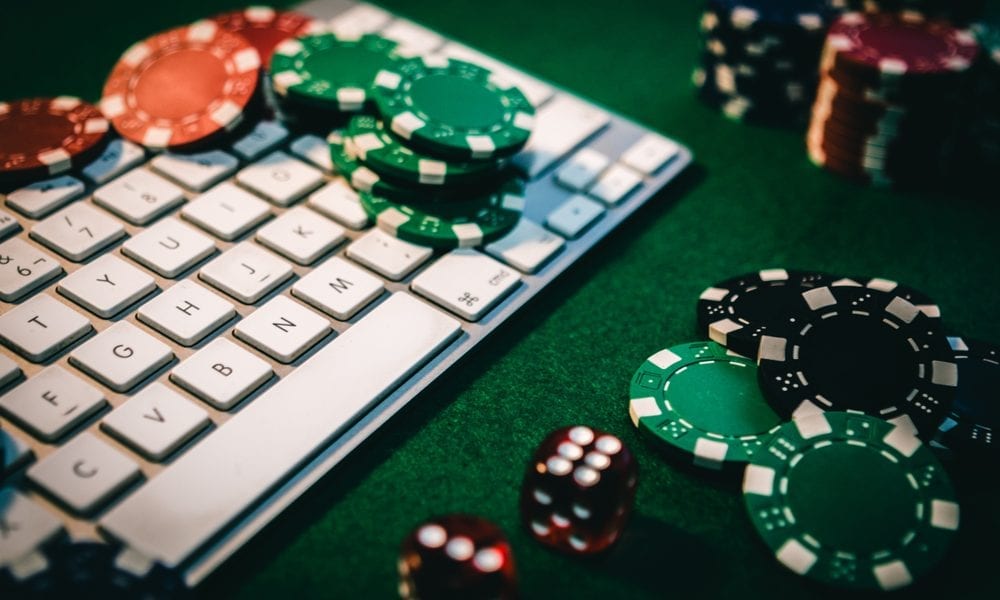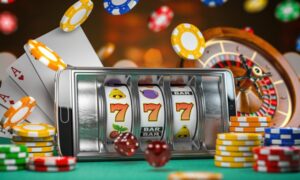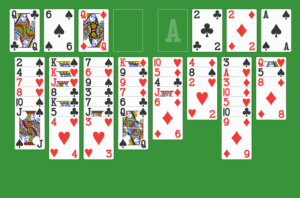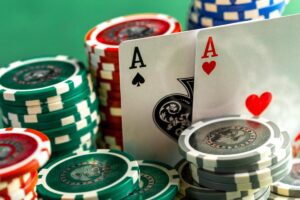While playing slots largely comes down to chance, game developers employ extensive math to ensure attractive gameplay. Key statistics like return to player (RTP), volatility, and hit frequency determine how machines perform. It determines your odds and picks games based on your style and spending budget.
Return to player
The return to player percentage reveals how much a slot pays back over an extended period of play. On average, it returns this percentage of all credits wagered. RTPs on slot range from around 92% up to 99%, with many falling between 94-96%. The higher the RTP, the more favorably the game pays. However, RTP only measures potential payouts over billions of spins. In the short term, results vary widely session to session. Higher RTPs give your bankroll a theoretical advantage, though not a guarantee. Games with RTPs of 95% and up are considered among the best options. Checking this stat before playing lets you judge a game’s earning potential. You will still have winning and losing streaks in high and low RTP games. But over time, that return percentage holds true.
Volatility
Also called variance, volatility indicates how frequently a slot pays out and the size of the wins. Low volatility slots deliver smaller wins more often. The payouts keep your balance stable but are not financially life-changing. High volatility slots pay less often, but for larger amounts. The rewards are infrequent but extremely large when they hit. Medium volatility slots fall between these extremes. Higher volatility works best when you have a sizable bankroll and endure potential dry spells for a chance at a big win. Casual play, avoiding large swings, or stretching your money require lower volatility. Checking volatility before playing helps set expectations, manage bankroll, and choose a level fitting your means and preferences.
Hit Frequency
Known also as hit rate, hit frequency measures how often a winning combination lands on average per spin. Slots typically have hit frequencies between 20% and 35%. A 20% hit rate means you win on 2 out of every 10 spins. But you experience long streaks of wins or losses that deviate from the hit rate. Like RTP and volatility, Balislot88 helps estimate earnings over time. Higher hit frequency slots provide more frequent small payouts with less risk, extending your playtime. Low hit frequency compensates for occasional wins that appeal to jackpot hunters. Adjusting your bets relative to hit frequency also optimizes your outcome. Higher bets on infrequent hit slots and smaller bets on frequent hit slots balance volatility.
Conclusion
Return to player percentages represent potential payouts to players over time. The house edge is the inverse it’s how much the casino profits long-term. A typical 94% RTP slot has a house edge of 6%. Of all money wagered on that game, 6% goes to the operator. The percentage varies by game but ensures profitability. The cost of entertainment is what players pay.







More Stories
Online gambling myths: what is true and what is not?
How FreeCell Online Has Transformed the Way We Play Classic Card Games
Analyzing the Online Casino Encryption Policies and Payment Security